by Arnie Fenner
Along with Donato, Ciruelo Cabral, Tara McPherson, and Mark Murphy, I was a participant of Greg Spalenka’s “Artist As Brand” panel during the San Diego Comic-Con in 2010. One of the artists in the audience, who was working for a design studio on various film projects, asked a great question: do you give your client or employer every single thing you draw/create while working on their assignments or do you hold back some sweet pieces for yourself to do something with in the future?
It goes without saying that you should always do the best job you can, regardless of the assignment or the compensation; that’s how you build a positive reputation (and stay employed). (An aside: Years ago an artist I had hired on multiple occasions—and paid well—casually mentioned that the quality he put into his assignments was on a sliding scale: the lower the fee, the less thought and effort he put into the art. The more he was paid, the “better” the work was he turned in. I suppose that’s understandable to a degree, but…good or bad, at the end of the day it was his name on the art and his reputation on the line. The revelation also made me wonder if I was getting short-changed when I gave him assignments, that I wasn’t getting his best—and eventually I came to the conclusion that I wasn’t. You can guess what happened.) Anyway… if, during the course of doing a good job for your employer you create a look or style or composition or characterization that, well, seems to go beyond the brief, that goes beyond the needs (or even expectations) of the client/project, that seems to have promise, that the art could become the foundation of something that you could own and do who-knows-what with…by all means, hold onto it.
When that happens, when lightning strikes, it is no sin to put that sketch or idea in your pocket and develop it yourself on your own time. Besides, you might be the only one to see the potential in the first place: the real sin is to give something wonderful away that will go nowhere. Now, most employers might not see it quite that way, believing any ideas created on the clock belong to them, and the whole Bratz/Barbie case of a few years ago would seem to support their belief, at least to some degree. Personally, I don’t buy it: an employer is paying for specific results, not abstract maybes. Any client that believes they own an artist, heart, mind, and soul…blows. Still, be a little discreet with your million-dollar-idea that you’ve decided to hold onto. Loose lips sink ships.
And naturally there’s nothing to keep you from jotting down ideas or creating art on your own time and dime that might turn into something bigger someday. Of course, ideas are a dime a dozen and, it’s as I said on another thread, it’s what you do with the idea, by yourself or with collaborators, that ultimately matters. You can have a great concept and the skills to bring it to fruition, but you also have to have the drive and discipline and entrepreneurial spirit to keep plugging away until that magic moment arrives and you’re able to convince audiences you’ve got something special to show them. Just off the top of my head, I’ve attached some jpegs of artist-owned properties that have been taken on lives of their own. Do you have the idea that could at some point be translated into a book series or comic or film or video game or statue or…?
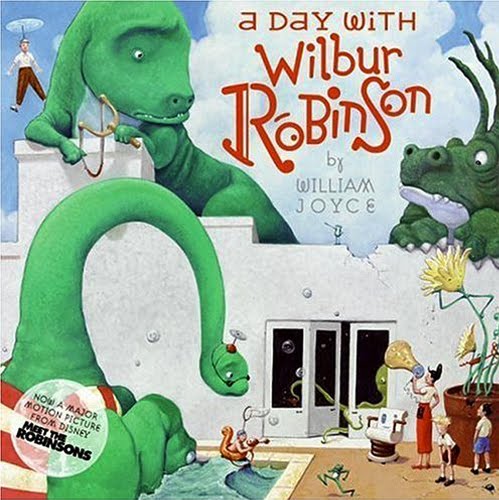 William Joyce’s A Day With Wilbur Robinson started as a wonderful children’s book and became a film, toys, game, etc.
William Joyce’s A Day With Wilbur Robinson started as a wonderful children’s book and became a film, toys, game, etc.
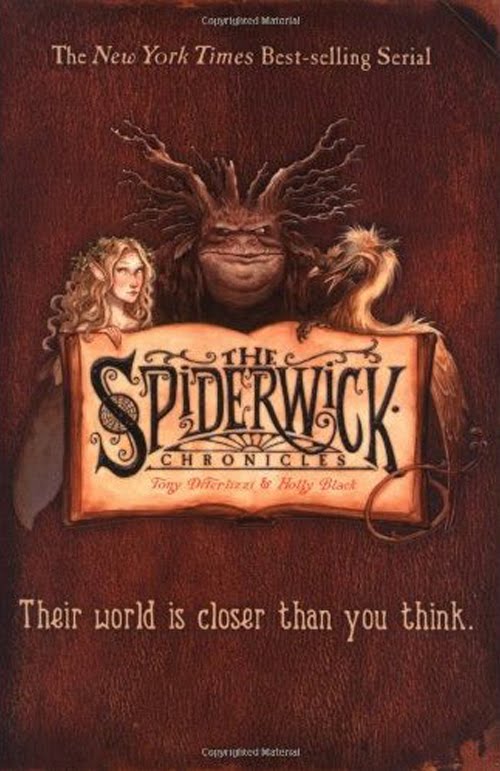
Tony DiTerlizzi’s (and Holly Black’s)
Spiderwick Chronicles got turned into a film with all the normal licensing spin-offs.
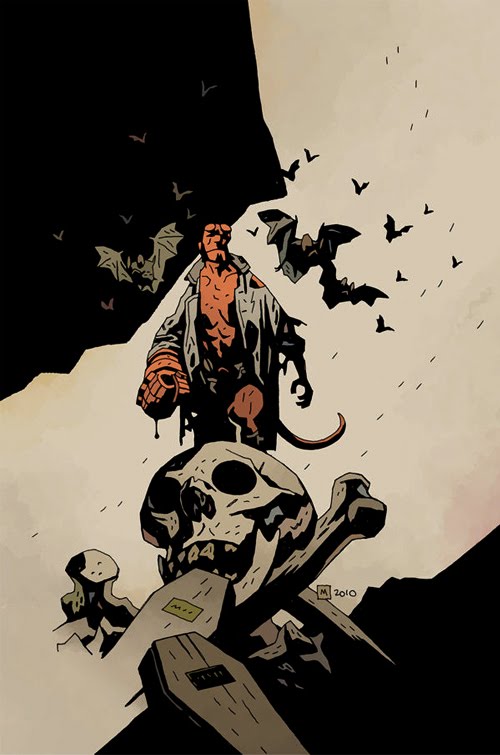
Mike Mignola’s
Hellboy has been turned into…everything! Books, films, T-shirts, toys, etc. (don’t ask how much I’ve bought).
Joe DeVito’s Kong: King of Skull Island has been translated into comics and a video game, with more projects in the works.
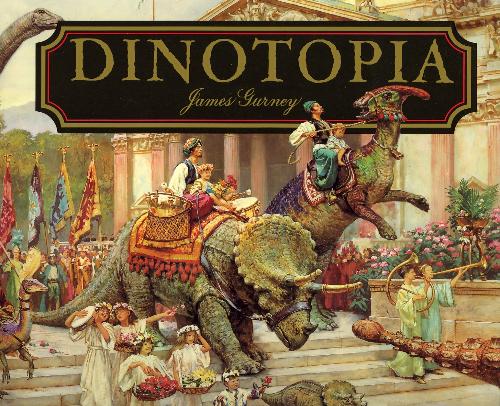
Jim Gurney’s
Dinotopia has been a book series, a TV mini-series, the source for a series of novels, and the subject of museum exhibits around the globe.
Frank Frazetta’s Death Dealer started out as the cover of a paperback anthology; it was subsequently turned into several different comics series, a series of novels, toys, T-shirts, and even became the symbol of the Army’s III Corps at Fort Hood, TX, complete with a life-size bronze statue on the parade grounds.
 William Joyce’s A Day With Wilbur Robinson started as a wonderful children’s book and became a film, toys, game, etc.
William Joyce’s A Day With Wilbur Robinson started as a wonderful children’s book and became a film, toys, game, etc. Tony DiTerlizzi’s (and Holly Black’s) Spiderwick Chronicles got turned into a film with all the normal licensing spin-offs.
Tony DiTerlizzi’s (and Holly Black’s) Spiderwick Chronicles got turned into a film with all the normal licensing spin-offs. Mike Mignola’s Hellboy has been turned into…everything! Books, films, T-shirts, toys, etc. (don’t ask how much I’ve bought).
Mike Mignola’s Hellboy has been turned into…everything! Books, films, T-shirts, toys, etc. (don’t ask how much I’ve bought). Jim Gurney’s Dinotopia has been a book series, a TV mini-series, the source for a series of novels, and the subject of museum exhibits around the globe.
Jim Gurney’s Dinotopia has been a book series, a TV mini-series, the source for a series of novels, and the subject of museum exhibits around the globe.

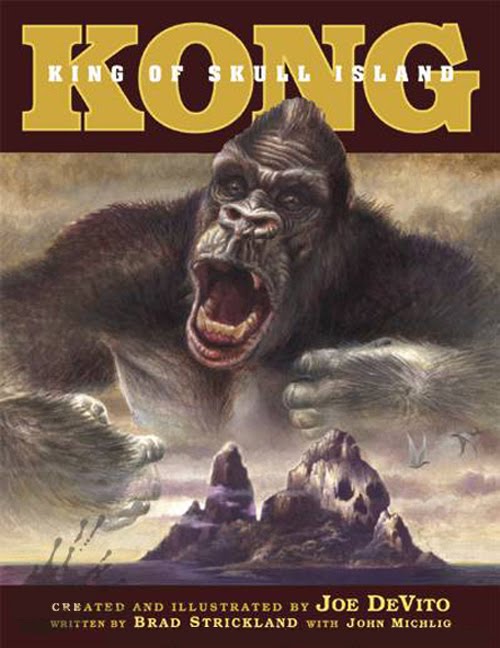
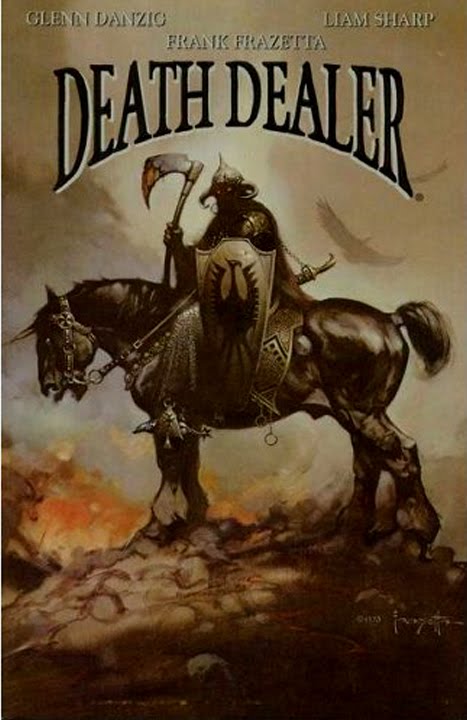

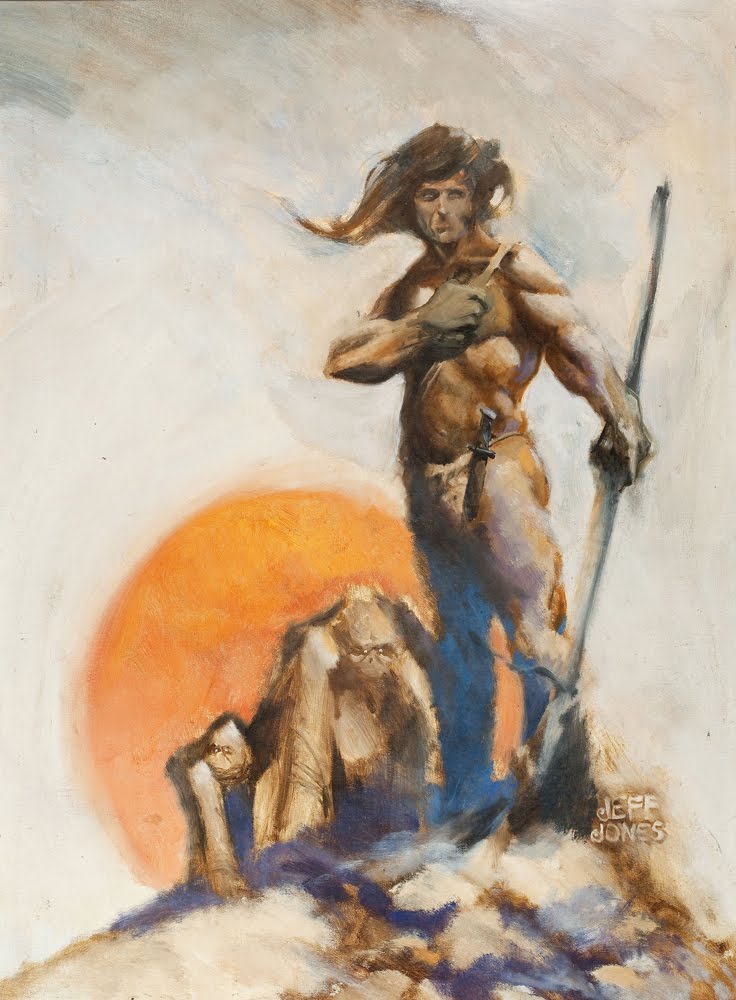
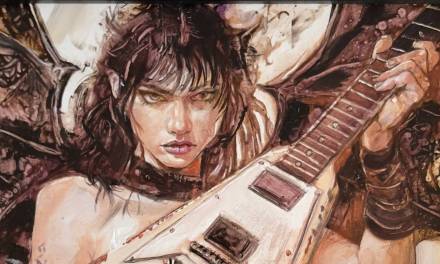
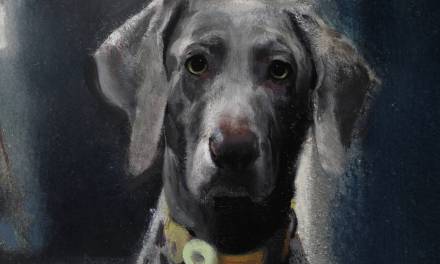
Hi Arnie, great subject…
The main questions I have when working on a concepts/ideas is: When should an artist approach people for critiques and how should artists protect their ideas while developing them? [And should an artists register/copyright their ideas/concept work before talking to people/other artists?]
Any suggestions?
Once again, Thank you very much to the Muddycolors artists for sharing your work/careers … it is very much appreciated and very helpful. I wish you all the best in 2011.
Mike Perusse.
Hi Arnie,
I support the notion that everyone should create something of their own. Even if it is just to discover that you're not that creative and work better with others.
But, I'd like to comment on your sidetrack. Myself I pride myself in being able to meet almost any deadline. I always tell my boss that he'll get what he's paying for, and he understands. Actually he values the flexibility, because it helps solve his problems. This means that a lot of the time I deliver work I'm not so pleased with.
I'm just saying that even though one should always do one's best, even artists deserves the caveat “…within the limits of the assignment.” Doing more is working on spec, which is a despicable thing to be avoided (in 99% of the cases.)
Cheers!
/Henrik
Mike–
Hmmm. You naturally own the copyright for anything you create so any sort of filing with the Library of Congress or trademarking is more to ensure you can maximize any financial judgments in case you're ripped off. But there are also sort of generic ideas that are almost impossible to protect or to prove that they were stolen. My feeling is that if you've got something that you're working on, keep it close to the chest and only talk about it or show samples to people you trust. Besides, you can show your project to 10 different people and get 10 different opinions (which can be more confusing than helpful): the fewer cooks, the better the broth.
Henrik–
Oh, I agree; there are often—if not always—compromises when doing commercial work. There's no need to paint a mural when the job is going to be printed the size of a postage stamp. The issue with the artist I mentioned in the aside was that he was using money alone to determine the quality of the work he would deliver, not the project or the deadline or the expectations of the client. I've scrambled and fought to get more money for artists on various jobs (and in one instance I was called on the carpet by my boss for doing so), so I'd rather someone simply be straight with me and tell me they need more money or talk about the simpler more cost effective solutions rather than the approach he chose to take on his own.
Yeah I assumed you were talking about this one instance/artist. Just wanted to make sure no one reads it as you requiring free overtime hours for continued commissions. 🙂
Thanks for replying!
By the way that was an awesome Artist As Brand panel in San Diego! We will have to do it again this year.
Now I know this blog focuses on illustration generally in the context of industry but you are also writing here about a subject that is close to my heart; artists who create their own art empires based on their own stories and concepts. Even though these artists/writers maybe using corporate publishers to distribute their wares they own these properties.
You can do it without corporate influence too, which as you know is the reason I created the Artist As Brand workshop in the first place. Artists can make a living outside of the corporate machine.
I remember Ellie Frazetta telling me a story of how they started Frank's art empire. Frank would only create art he wanted to, or he would not do it. He refused to make changes on jobs, an art directors nightmare. Even though he was well known for his covers etc. and working, they were barely getting by with kids to feed. She realized something had to be done and taught herself how to get posters made of Frank's art and started a mail order shop at home. Her and the kids would roll up posters and put them in tubes, then go to the post office and mail them. Thousands of posters. It made them millionaires.
I am a firm believer in giving your all when ever you can, but it is much easier not to “hold back some sweet pieces for yourself to do something with in the future” when you are ALWAYS doing art for yourself or with a team of like minded individuals you respect working on a project you all own.
Peace
Greg
Hey Arnie,
That was me on the question at SDCC… i still don't know how you managed to spot me walking past your stall in a crowd of thousands, but it was great to have a brief chat with you about it.
I believe my original question was in fact closely along the lines of what Greg is talking about above – more of a meta-level way of handling yourself as an artist and how many toes to have dipped in the commercial world at once.
It is a multifaceted and at times rather hairy topic, but I think it is probably one of the closest to home for any artist who is really into it as a love, not just a profitable endeavor.
Since we spoke (and since the panel) I have continued to maintain my commercial output, but have also shifted to my own studio centered around my own artistic goals and projects that I need to see come to fruition. While I know intrinsically that this is essential for my own satisfaction, I have plenty of friends who are far more content to work for hire, as their joy comes from the act of painting itself, the knowledge and experience gained, and the satisfaction of a job well done – all of which are supported by the structured and fast paced workplace model.
Its always a matter of personal balance, but in this scenario after 7 years of trying things different ways, I have found that striking out on my own, while maintaining a small stable of clients who I do my utmost for, has brought me the most happiness. I feel like I am doing thoughtful and useful art and writing outside paid hours, and when I am 'on the job' it allows me to be more focused on the needs of the art director, and not bring my own biases into that (unless it's relevant).
It becomes quite an intense lifestyle to maintain as the income drops to match the free time required to work unconstrained on your own properties (especially in an expensive city like Sydney), but I have found that the increase in happiness while creating by far offsets the loss of disposable income. It fosters an addictive commitment to the studio and painting outdoors, brings calm and focus to work, removing the frustrated feeling of being torn between two commitments. And other aspects of life like eating well and staying fit seem to become simpler, more practical tasks that slot into the week rather than being at odds with 'going to work'.
I just thought I would share my thoughts on this topic as it is something that, like Greg, I am very passionate about, and I hope any artist who's gut is telling them they need a shift finds the conviction to do it. I thought your 'take' on my question shed a new light on it… and the whole discussion seems centered around an apex that is becoming increasingly relevant in a world of burgeoning freelancers and home studios. I spent most of last year on the road, and one of the most profound things I observed was the variety of ways that people were managing their creative lives – so much ingenuity and inventiveness all toward the purpose of finding more time and energy to work on what felt right for them. Inspiring.
Look forward to seeing these types of discussions evolve as emergent business models for individual artists begin to flourish, and we see what this new generation of artists can do with an industry which seems to be at an exciting crossroads.
Greg–
My general feeling is that for some artists working on staff/salary for a corporation is good and for others it's not. Working as a freelancer or as an entrepreneur/owner can be both exhilarating AND exhausting (just as it can be by turns rewarding AND frustrating) and it's not for everyone. It takes a lot of drive and determination and there are many who don't have that spark in them, regardless of potential. I've known excellent artists who were quite content with corporate life, just as I've known others who chaffed at the constraints (some left for more personally fulfilling careers, some didn't). From my own standpoint, I've remained in the corporate world (while continuing to operate side businesses) primarily because of one thing: insurance. The older we get, the more important (and expensive) it becomes. If that changed somehow and insurance was affordable and readily available (and unfortunately it's not looking like it will anytime soon), well…where's my hat?
Adam–
It was a good question—and I'm glad you've posted some additional thoughts as a follow-up. More than anything else, I think artists have to watch out for themselves and do what makes them happy (while making a living, naturally). I've never really subscribed to the whole idea that artists HAVE to suffer in order to create great art. Toiling in misery isn't inspiration for anything…other than maybe to work harder to get OUT of a miserable situation. Creating a market for yourself and selling your work through galleries (or art fairs or on-line) or developing your own characters/stories/properties can be satisfying both professionally and personally. Empowerment. Which, I believe, is what Greg's Artist As Brand program is all about.
I see so much burnout from artists in industry and the struggle most have chasing after jobs I wonder how much fulfillment can be in that? Most artists want to create art they love, be appreciated for it and make an income from it. Ultimately I want creative individuals to know they have a choice. There is another path that allows creative independence and prosperity outside the corporate realm.